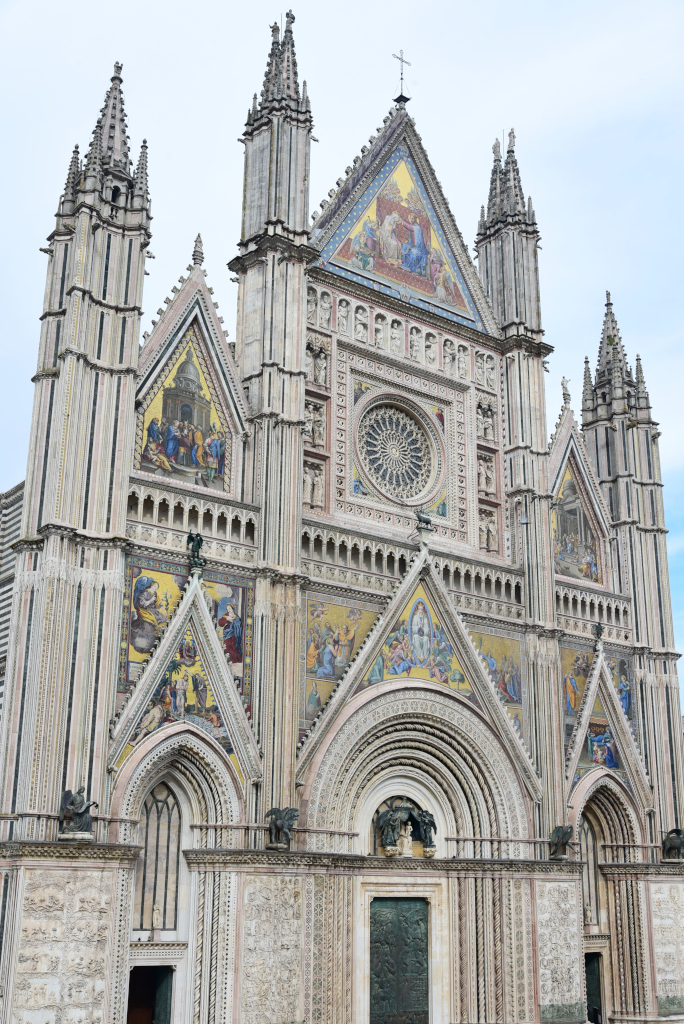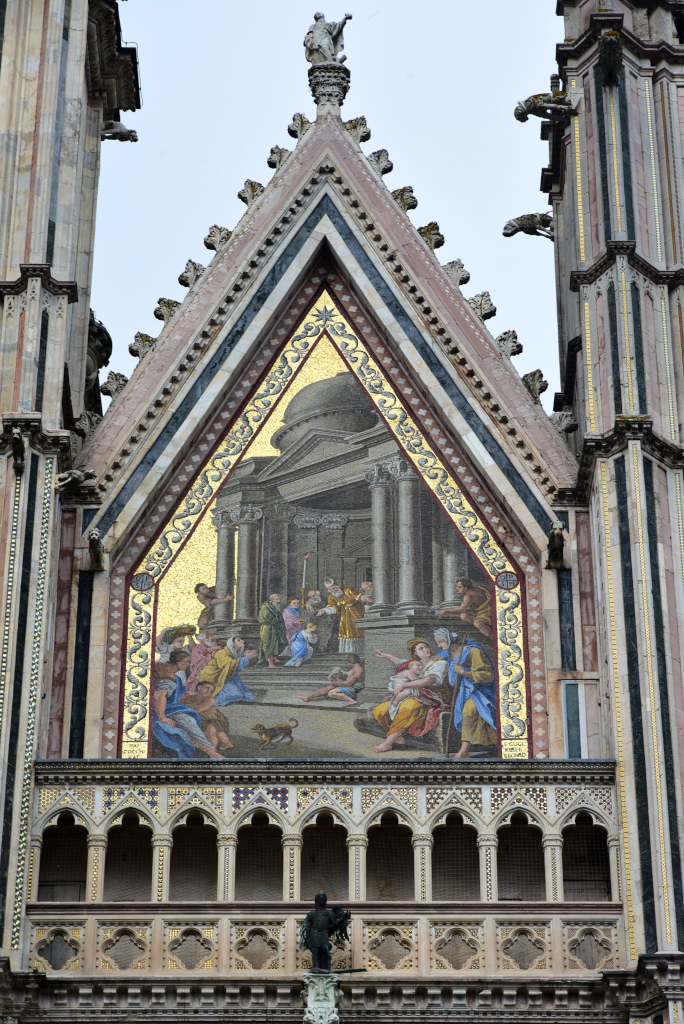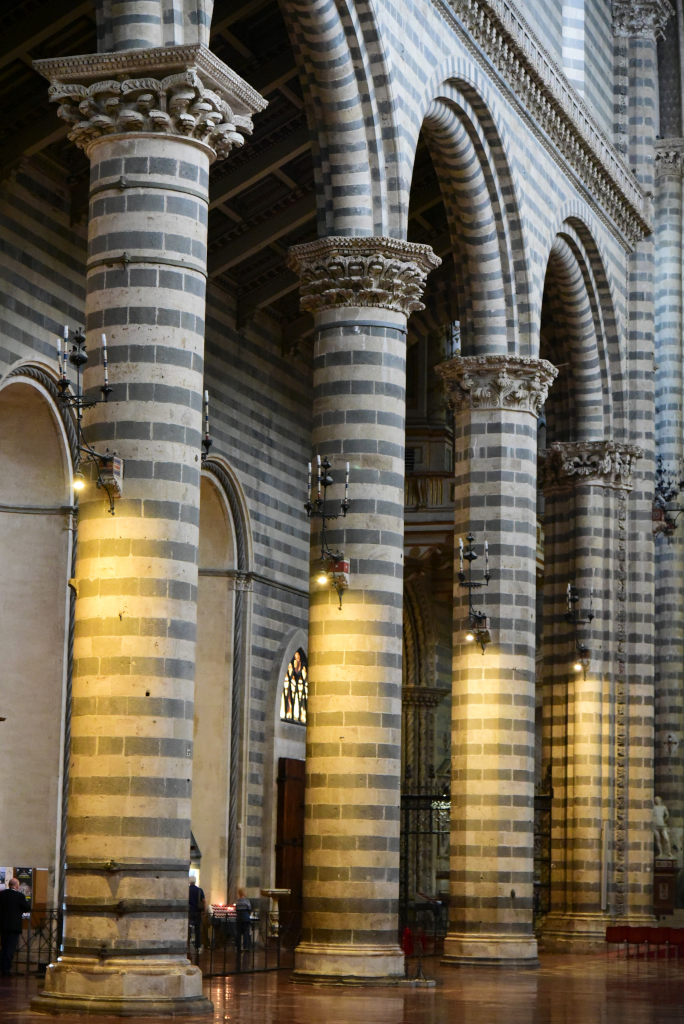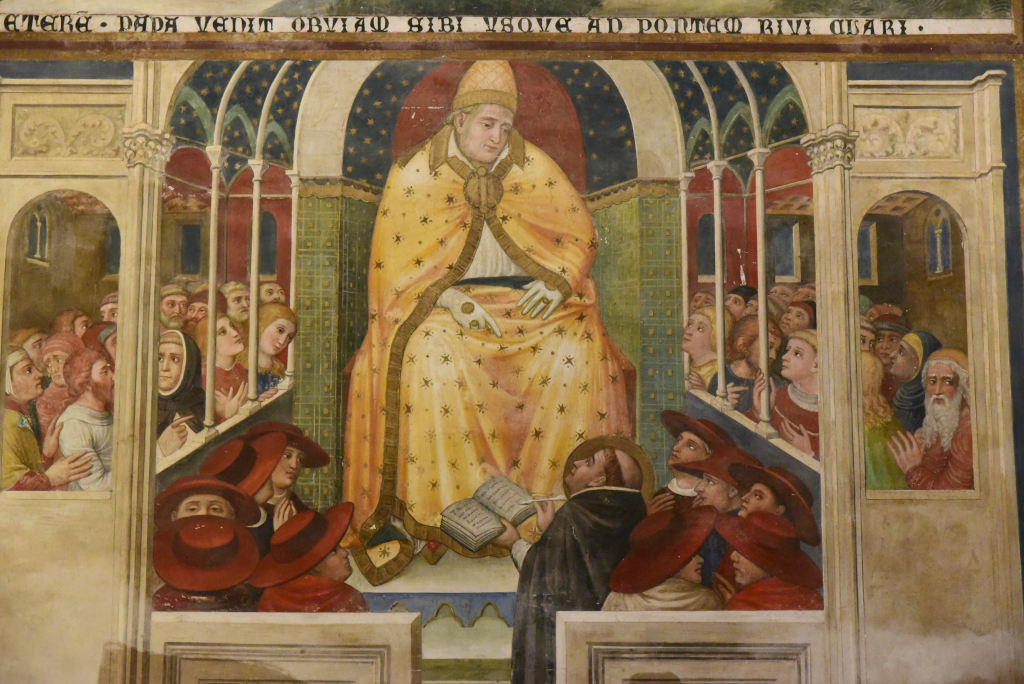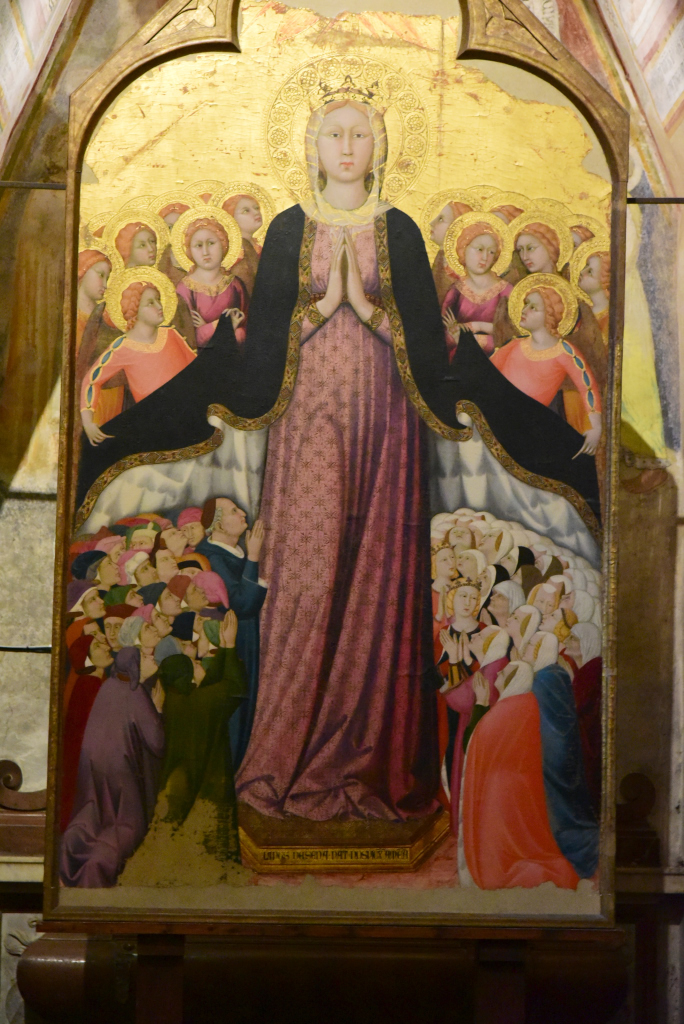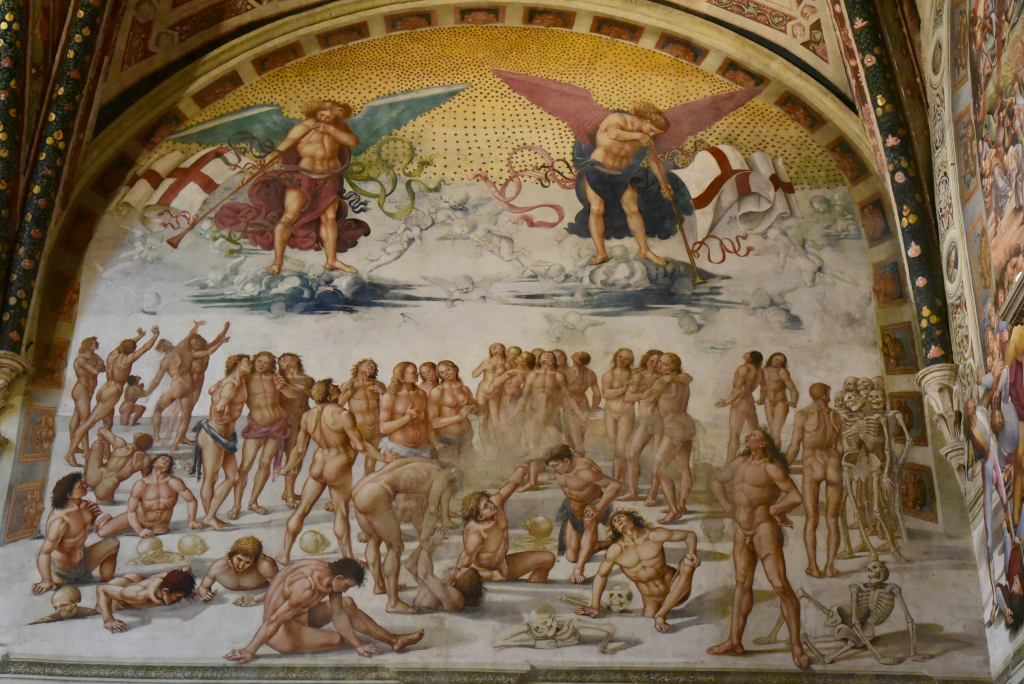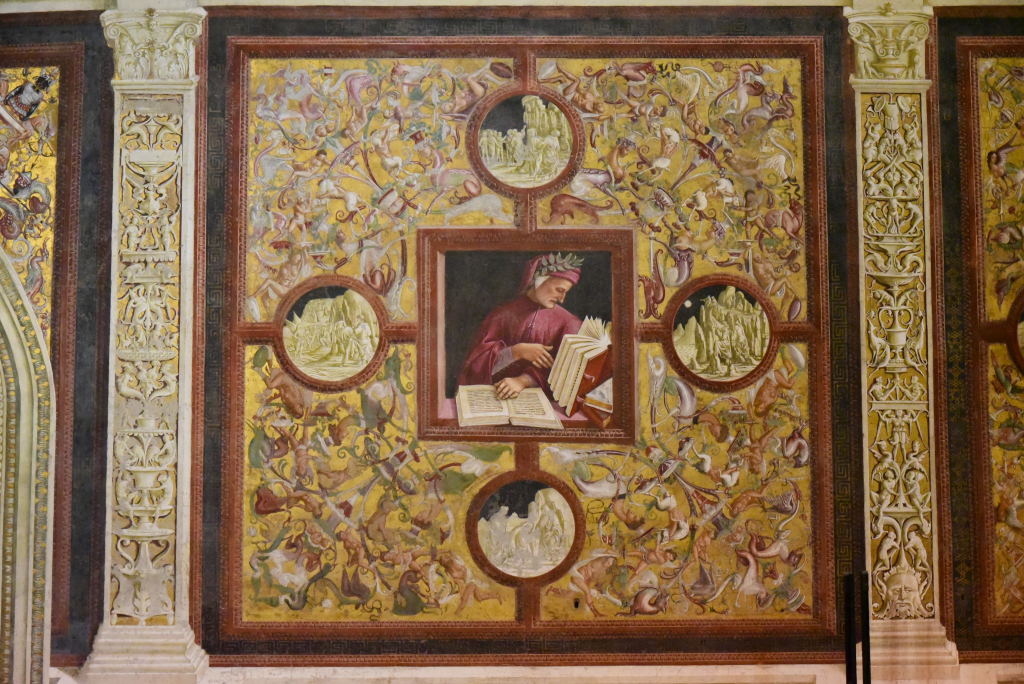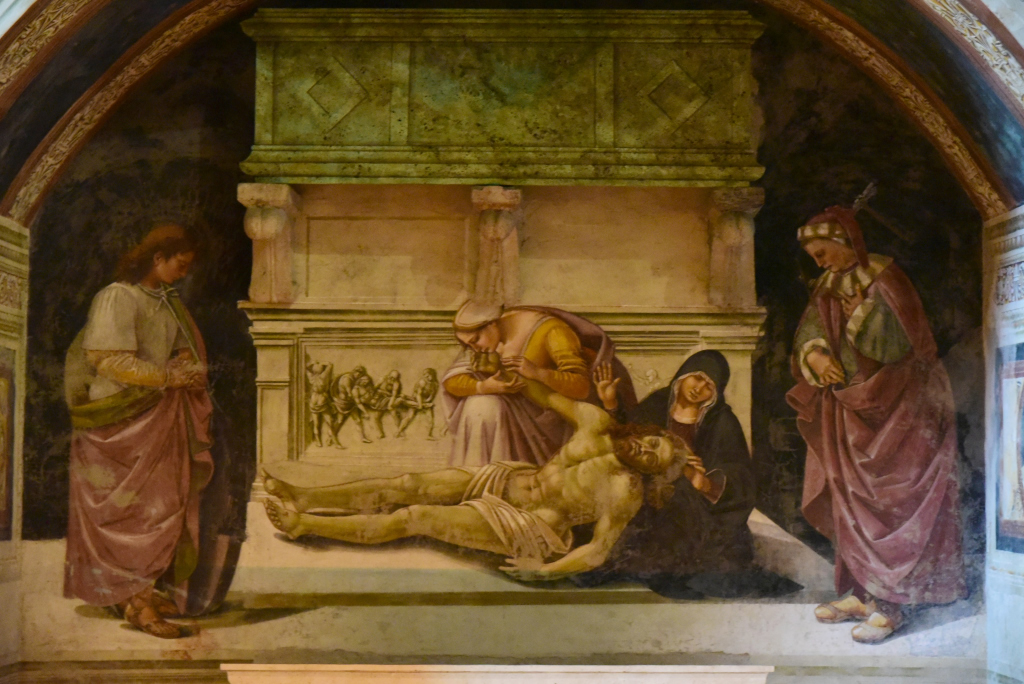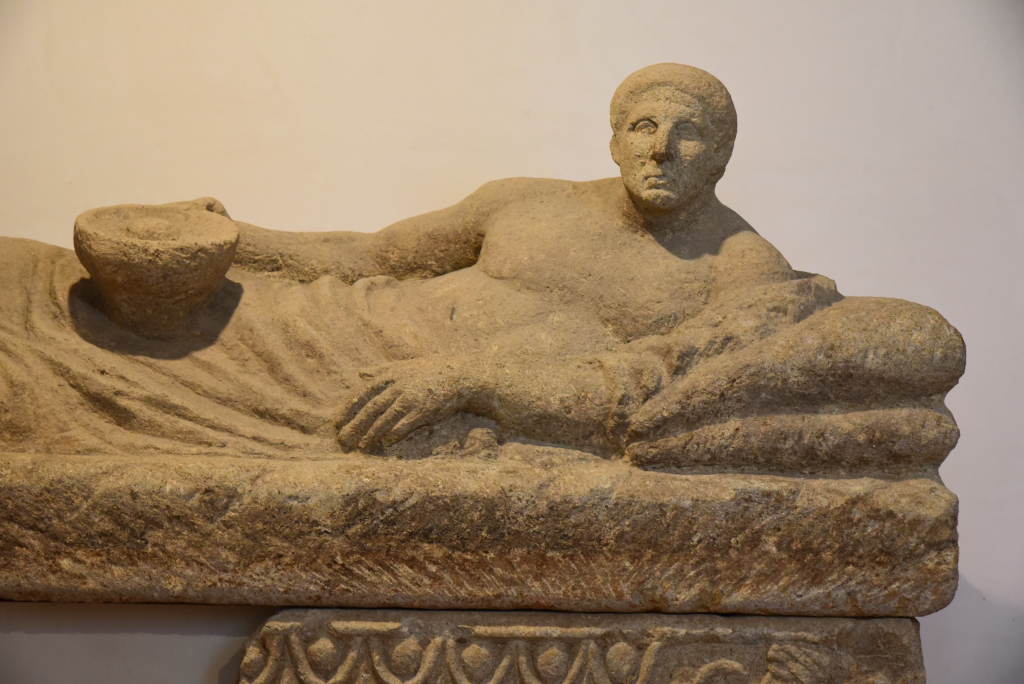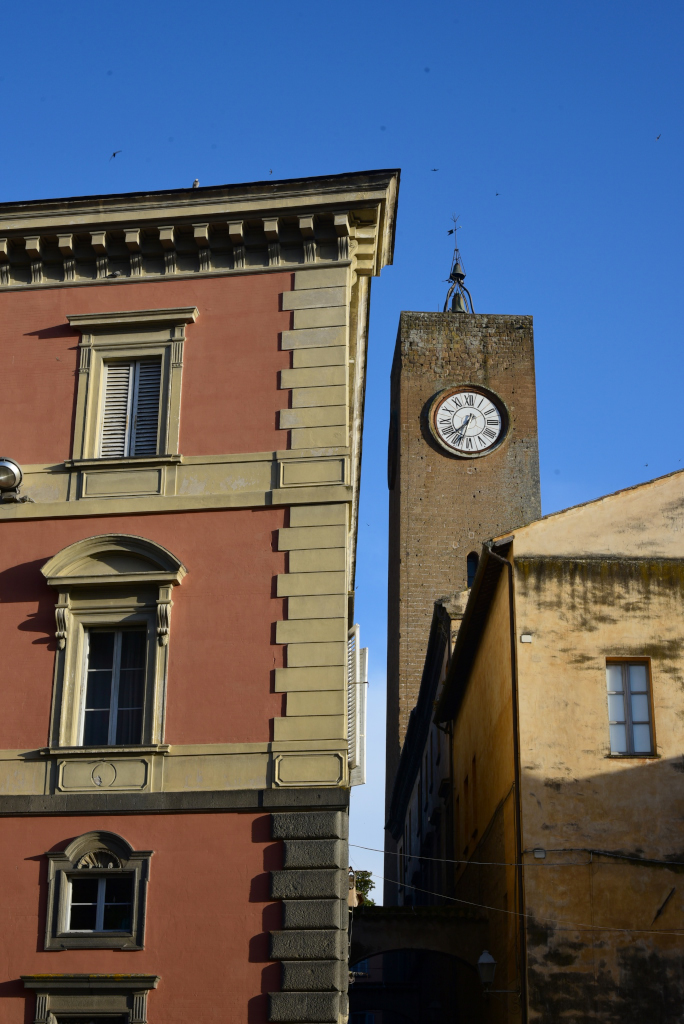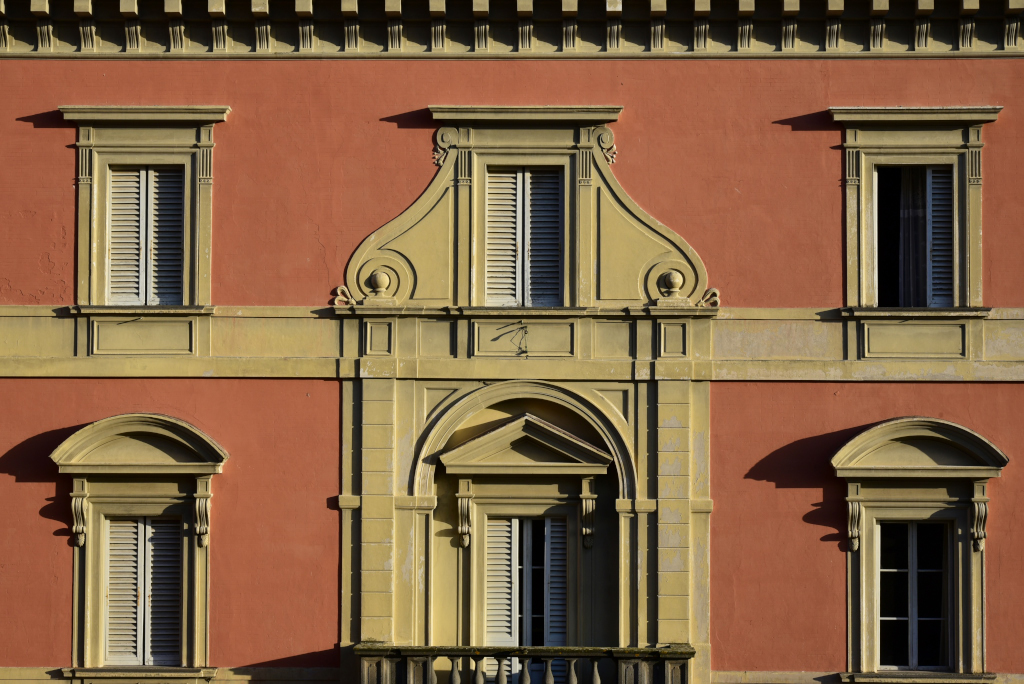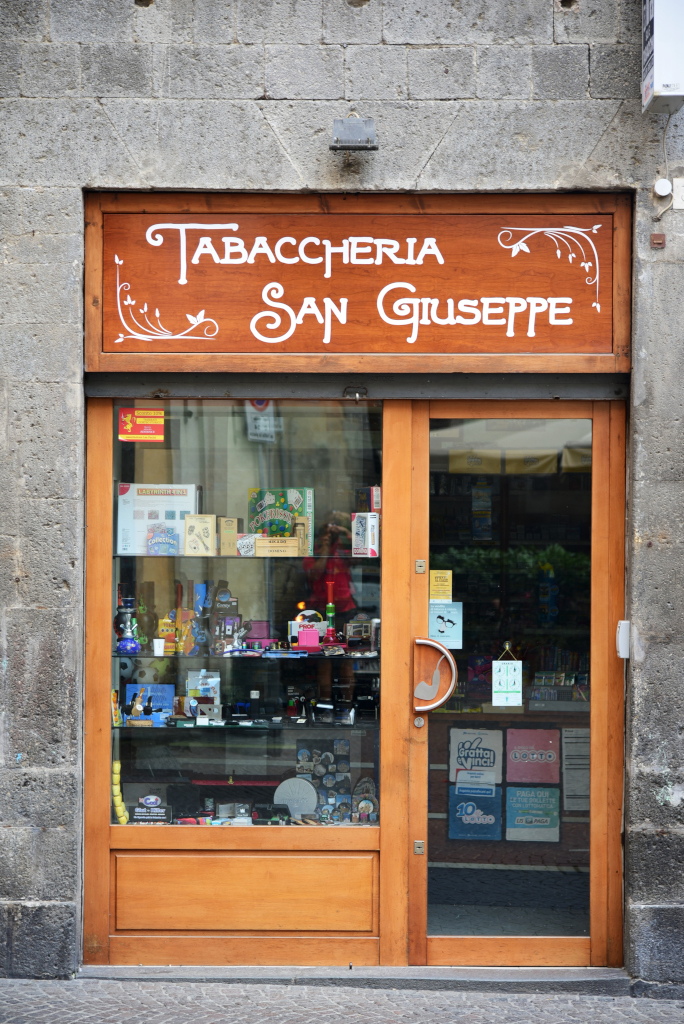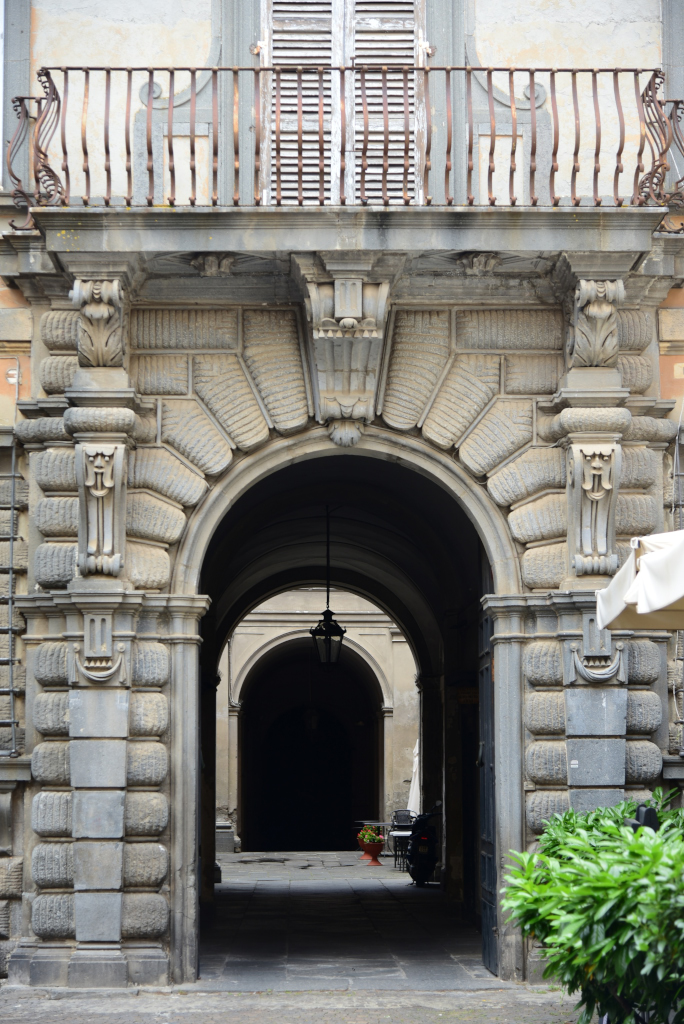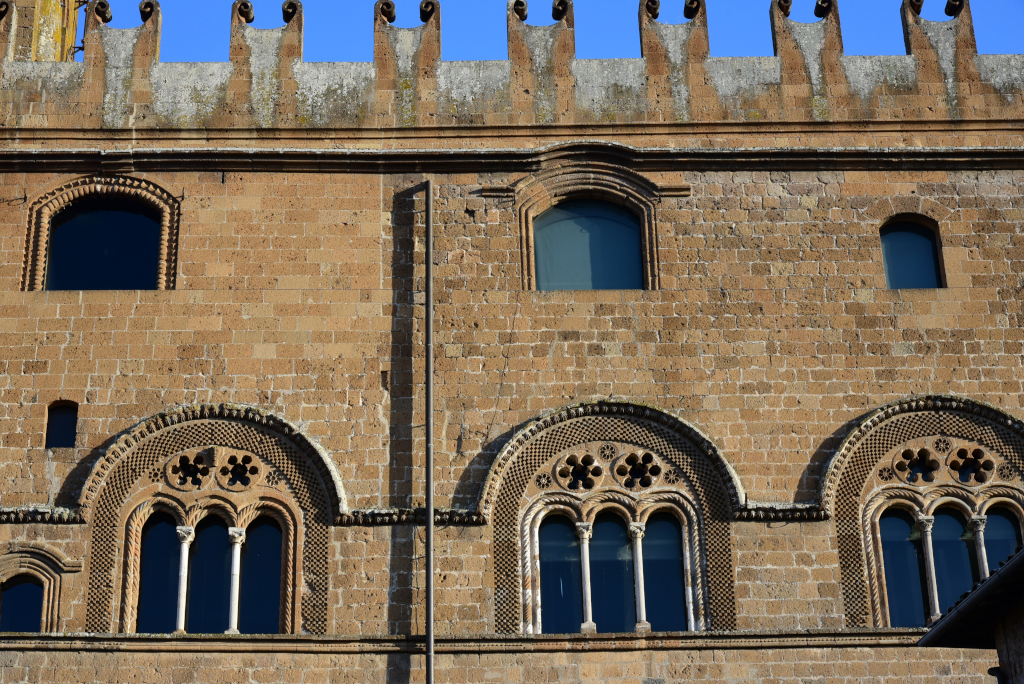June 8, 2018
The Orvieto duomo is a jewel of the late Middle Ages and early Rennaissance. The facade, a great triptych built by Lorenzo Maitani in the first years of the 14th century, is richly decorated in a dazzling mixture of polychrome marble, sculptures and mosaics. The middle entrance of the Duomo and the central rose window were designed by Andrea Orgagna in the 14th century. The interior is partly Romanesque in style, whereas the presbyterium is Gothic.
The Cappella del Corporale was added to the cathedral between 1350 and 1356 to the north arm of the transept. The chapel takes its name from the relic of the Eucharistic miracle of Bolsena, housed in a marble tabernacle . The altar cloth or corporal stained with drops of blood that issued from the host during the Mass of Bolsena (1263) is exhibited for worship in the central bay.
A hundred years after the emanation of the papal bull that instituted the solemn feast of Corpus Christi extending it to the entire Church (1264), the Orvieto painter Ugolino di Prete llario finished and signed the decoration of the chapel (1364). The scenes in the chapel narrate the story of the miracle as well as other Eucharistic miracles in medieval tradition as well as episodes from the life of Moses, Elias and Abraham.
The Gothic niche on the right of the chapel contains the panel of the Madonna dei Raccomandati by the Sienese painter Lippo Memmi (1320). Niches on either side of the gate on the wall outside the Chapel contain statues of the Virgin Mary and the Resurrected Christ by Raffaello da Montelupo (1563). A marble staircase leads to the chancel, decorated with frescoes by Ugolino di Prete lIario with Stories of the life of Mary (1370-1380), in four tiers on the walls.
The Cappella di San Brizio contains works of some of the greatest painters of the Italian Renaissance. Work was begun on the chapel in 1406, and in 1447 the Dominican friar Giovanni da Fiesole (better known as Fra Angelico) painted the vault segment above the altar with Christ in Judgment surrounded by crowds of Cherubim, Seraphim, Thrones and Angels, and the left segment with Prophets.
In 1499, Luca Signorelli was commissioned to complete the decoration. He painted the vaults left unfinished by Fra Angelico with the Apostles, the Symbols of the Passion, the Doctors of the Church, the Martyrs, the Patriarchs, and the Virgins.
The Museo dell’Opera del Duomo located behind the cathedral is set in a crypt and contains remnants from the early medieval church, objects displayed accompanied by imaginative abstract oil paintings.
More images of the spectacular facade of the cathedral follow.
The Museo Etrusco Claudio Faina contains a small collection of ancient Etruscan pieces assembled by the Faina family, and is housed in the palazzo across from the cathedral. The collection includes canopic vases, Attic black- and red-figure vases from the area of Chiusi on the first floor, followed by pre-historic materials leading to the exhibition of bucchero, Attic black- and red-figure pottery and ancient Etruscan bronzes on the second floor.
The Fortezza dell’Albornoz was built in the mid-14th century by the Spanish Cardinal Albornoz under orders from Pope Innocent VI, standing on an area that was once occupied by a temple known by the Latin name Augurale. The purpose of the fortress was to provide the church with a secure site in the city and allow the cardinal and his captains to consolidate recent military victories.
In its original square plan, the fortress was flanked by a small building near the main entrance and surrounded by a moat, crossed by a drawbridge. However, the Rocca was almost completely razed to the ground in 1395 and finally rebuilt during the mid-15th century, using original plans and an additional circular line of fortifications.
And some final images of Orvieto, taken in the waning afternoon light …
(Narrative excerpted from www.travelingintuscany.com as well as www.museofaina.it)

